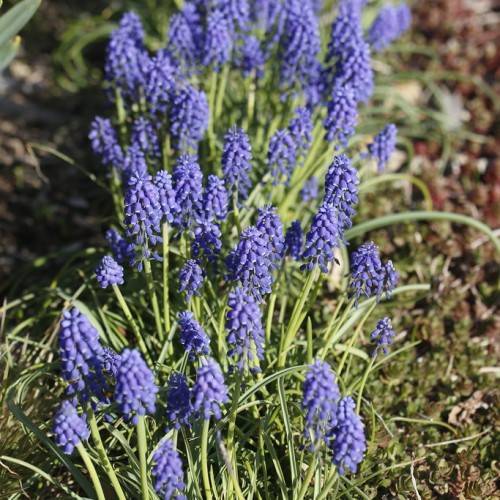
English lavender
Lavandula angustifolia 'Royal Velvet'
Cycle:
Herbaceous Perennial
Watering:
Minimum
Hardiness Zone:
5 - 8
Flowers:
Flowers In Summer
Sun:
Full sun
Soil:
Rocky , gravelly , dry, Well-drained
Fruits:
Fruits In Autumn Ready In Summer
Leaf:
Yes
Growth Rate:
Moderate
Maintenance:
Moderate
Drought Tolerant:
Yes
Salt Tolerant:
Yes
watering
English lavender should be watered deeply about once a week in the growing season. Make sure the soil is moist, but not soggy. Water in the morning to allow time for any excess moisture to evaporate before evening. During hot and dry conditions, you may need to water more frequently. Check the soil moisture by inserting your finger an inch deep into the soil. Water if the soil feels dry. Water the base of the plant, avoiding contact with the foliage.
sunlight
English lavender grows best in full sun, meaning it should receive 6 to 8 hours of sunlight per day. It should be planted in an area that receives a little shade in the afternoon if necessary, as too much midday and afternoon light can burn the leaves of the lavender plant. When determining where to plant your English lavender, you should consider the plant’s climate preferences, as it needs average to warm temperatures in order to do well. For optimal growth and flowering, English Lavender should be planted in an area that receives bright, indirect sunlight throughout the day.
pruning
English lavender (Lavandula angustifolia 'Royal Velvet') should be pruned lightly every year to help promote healthy growth and flowering. Pruning should take place in spring before new growth emerges. During this time, the plant should be trimmed by removing any dead, faded, or crossing stems, and lightly shaping the plant as desired. Doing so will encourage new stems and will reduce the risk of the plant becoming overgrown. Avoid cutting stems back by more than 1-third at any single pruning session, so that the plant can adjust gradually to the changes. Pruning in late summer to mid-fall is not recommended.
